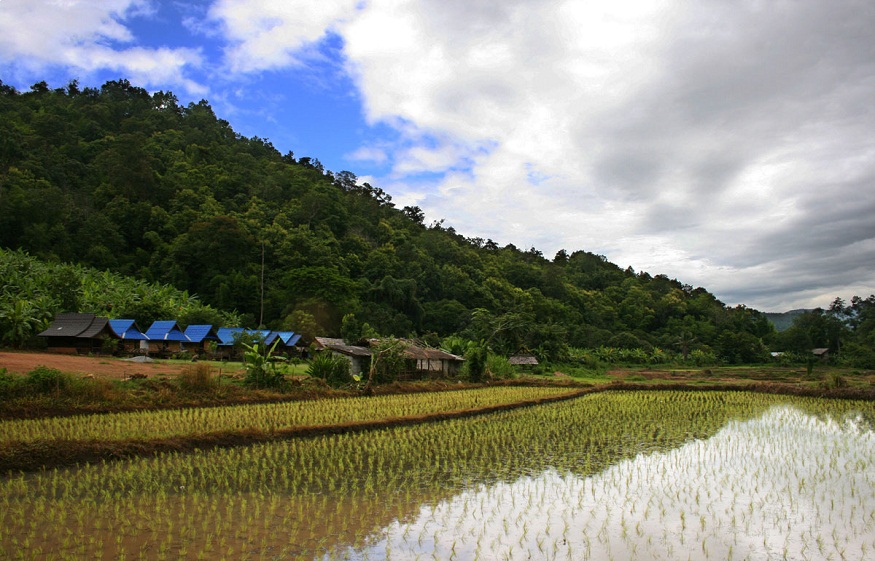The rise of a rice factory in Thailand is brought about by an increase in rice production. This is true to say in the northeast part of Thailand. But in the past, it was the central part of Thailand that is the main rice producer. Only northeast Thailand followed up. Truly, this is brought about by new road systems established connecting northeast Thailand to the coastline ports. Moreover, villages producing rice crops also are changing. Farmers also evolved following subsistence practices to wage labor. Even exchange labor just virtually disappeared.
Instead of working animals, irrigation technology & farm tractors were used. They were updated in almost all villages. In the farm fields, the green revolution also began to bloom. Merchants & rice farmers also took advantage of new strains, rice varieties, fertilizers, & more advances. The IRRI also carefully disseminated technology, knowledge, new rice strain, and information to Thailand rice producers. In the 1950 to 1970, the rice production for every unit of land increased by fifty-percent.
Export Reached 10.8 Million Tons Just in 2014
Rice factory in Thailand also made it possible to export 10.8 million tons of milled rice. This falls at a value of 5.37-billion dollars just in 2014. An increase is also observed in rice exports in 2014. It amounted to about 64-percent in volume % 22-percent in value than the 6.6 million tonnes of 4.42-billion dollar export in 2013.
Thailand exported 11.63-million tonnes of rice just in 2017. This was so far considered a record. Of all the yearly exports, seventy-percent commodity-grade white rice was sold. Some more special grades contribute a small quantity such as the rice berry. In 2018, Thailand exported 11.2-million tonnes.
4,200 Tons of Organic Jasmine Rice Produced Every Year
A local monk once started a program 40-years ago. Thus, a rice factory in the Surin Province was able to produce almost 4,200-tons of organic Jasmine rice every year. One particular agriculture cooperative in the country exported rice to Hong Kong, France, Switzerland, Singapore, & the United States. The province’s organic rice farmers received about 0.42-US dollars for every kilogram of paddy. Since the farmers do not also pay for the chemical inputs, they each earn about 80,000 baht for every crop. This is for an average size of a farm of 15 rai. The rice cooperative’s success is one factor identified in reducing poverty in Surin.
Rice factory in Thailand reported success is brought about by the farmers’ success, too. This is also after prioritizing the system of rice intensification cultivation methodology. Even more than that is a sustainable rice platform sponsored by a German government aid agency. This is in partnership with the Thailand government. A program is currently underway targeting sustainability concerns. These include the conventional flooding paddies practice. And this practice has so far contributed to the release of a quantity of methane in the atmosphere.
Traditions Followed
Rice farmers from rice factory are commonly utilizing rain-making ceremonies. In one ceremony in Bangkok, it involves the Royal Plowing Ceremony Lord who is throwing rice kernels. This is also as he walks around the palace while the crown prince watches. One more common tradition in central Thailand is the cat procession. It involves the villagers to parade a cat around. They will throw water at it with the belief that a crying cat brings a fertile rice crop.
Every rice factory in Thailand is participating in a more forum-based & international organization. This way, yields of rice & supplies will be greatly discussed. Poverty & hunger will then be greatly reduced. Plus, the health conditions of the consumers & rice farmers will also be improved. Thus, the environmental sustainability of rice farming will be ensured.
Now, you have learned more about the rice factory in Thailand that rose to popularity!




